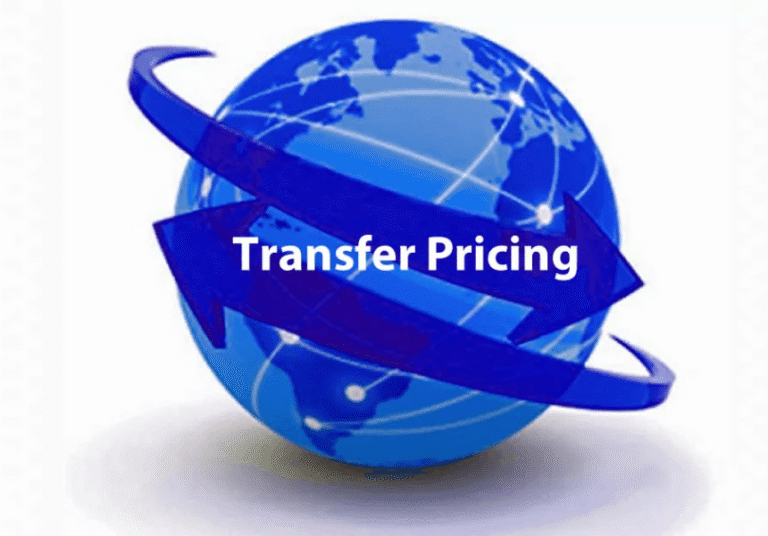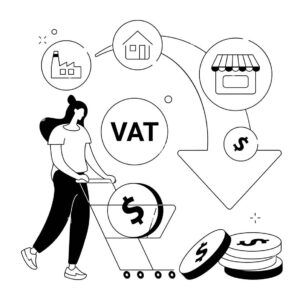TP – Transfer Pricing is a tax concept that affects businesses operating across borders. In the UAE, TP ensures that transactions between related entities are priced as if they were independent. This aligns with the OECD(Organisation for Economic Co-operation and Development) guidelines and the UAE Corporate Tax framework.
TP – Transfer Pricing regulates how goods, services, or intellectual property are exchanged between group entities. The goal is to prevent base erosion and profit shifting. UAE has adopted TP rules to improve tax transparency and fairness. Proper adherence to the transfer pricing rules ensures companies avoid tax penalties and maintain compliance.
UAE Transfer Pricing Rules and Legal Framework
The UAE Transfer Pricing rules apply under the Corporate Tax regime. These rules are based on the arm’s length principle. That means transactions between related parties must be valued as if they were made between unrelated entities under open market conditions. This protects the UAE tax base and ensures fair taxation.
Article 35: Related Parties Explained
Article 35 defines related parties for TP purposes. These include parent companies, subsidiaries, and entities with common ownership or control. Kinship up to the fourth degree may also trigger related party status. Recognizing these relationships is key to applying UAE TP – Transfer Pricing regulations correctly.
TP Documentation and Disclosures in UAE
Businesses meeting certain thresholds must maintain specific documentation. This includes:
- Master File: Global business structure and transfer pricing policies
- Local File: UAE entity-specific transactions and analysis
- CbCR(Country-by-Country Reporting): Required if consolidated group revenue exceeds AED 3.15 billion
These disclosures are part of TP – Transfer Pricing Documentation and disclosures in UAE, helping the FTA(Federal Tax Authority) assess tax risk.
Transfer Pricing Documentation Formats
Documentation must be prepared according to OECD standards. Functional analysis includes roles, assets, and risks. Companies also need to establish cost base and allocation keys. This helps demonstrate that the prices charged for goods, services, or IP match market values.
Determining the Price at Which Goods, Services or Intellectual Property Are Exchanged
Prices between related parties should reflect market pricing. This is called the arm’s length standard. Exchange rate, gross margin, and pricing methods are used to validate such prices. Failure to follow this may result in adjustments and penalties.
Intra-group Pricing Arrangements and Arm’s Length Analysis
Intra-group pricing arrangements must follow strict review. This includes:
- Direct Charges: Based on actual cost incurred
- Indirect Charges: Allocation using defined keys
Understanding the overview of Transfer Pricing(TP) taxation includes these evaluations to ensure correct application of methods.
Low Value-Adding Intra-Group Services
Some services may not qualify for intra-group charges. These include:
- Duplicate services
- Passive association costs
- Shareholder-related services
Such exclusions are clearly addressed in OECD and UAE TP guidance.
Proper Adherence to the TP – Transfer Pricing Rules
UAE businesses are expected to follow OECD guidance, using reliable data sources. Non-compliance can lead to fines exceeding AED 50,000. MNEs(multinational enterprises) must prove that their pricing policies are aligned with the market.
KPMG and other advisory firms stress the need for proactive documentation. Mhtaxationllc helps taxpayers manage this with complete Transfer PricingUAE support.
Common TP Methods Used in UAE
The UAE allows multiple TP methodologies based on the transaction type:
- CUP: Compares pricing with uncontrolled comparable transactions
- CPM: Adds a standard markup to the cost base
- TNMM: Uses net profit margin as a benchmark
- PSM: Allocates combined profits based on relative value contribution
These methods must be selected based on relevance and data availability.
Developing a Robust TP Strategy with Mhtaxationllc
At Mhtaxationllc UAE, we offer structured solutions for:
- Master File and Local File preparation
- Economic and functional analysis
- Defense during FTA audits
Our focus is on building compliant and cost-effective pricing strategies. Businesses near UAE, UAE SHJ, or UAE Sharjah can consult us for localized support.today. We guide you through every step—from registration to filing—so you stay compliant and efficient without hassle.


